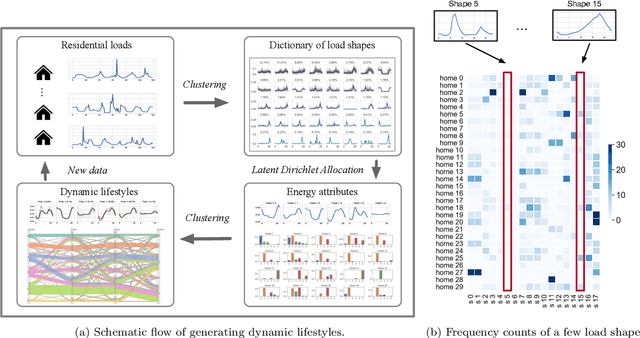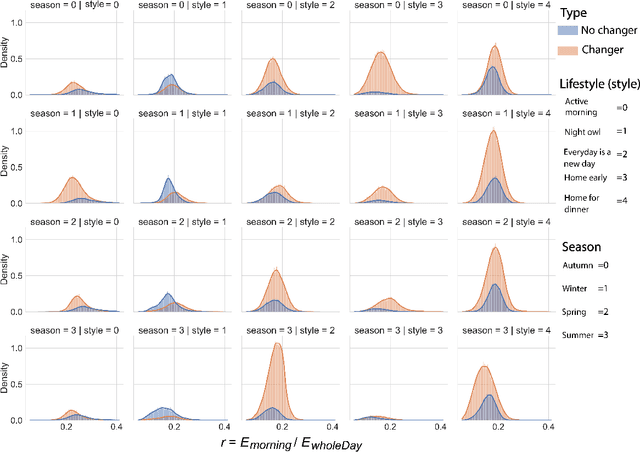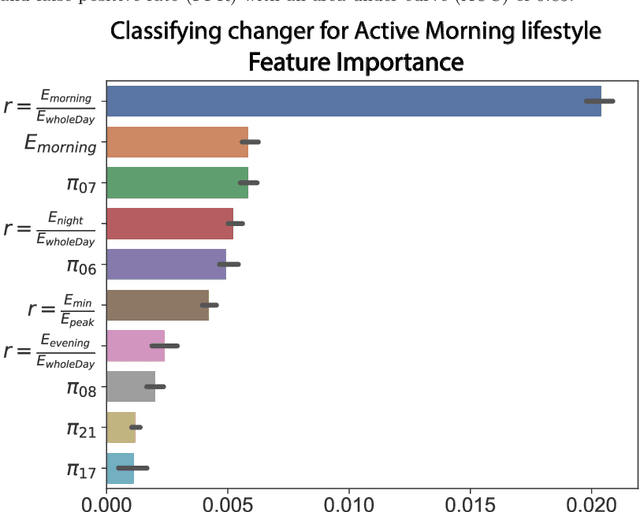Chad Zanocco
Stanford University
Designing forecasting software for forecast users: Empowering non-experts to create and understand their own forecasts
Apr 22, 2024



Abstract:Forecasts inform decision-making in nearly every domain. Forecasts are often produced by experts with rare or hard to acquire skills. In practice, forecasts are often used by domain experts and managers with little forecasting expertise. Our study focuses on how to design forecasting software that empowers non-expert users. We study how users can make use of state-of-the-art forecasting methods, embed their domain knowledge, and how they build understanding and trust towards generated forecasts. To do so, we co-designed a forecasting software prototype using feedback from users and then analyzed their interactions with our prototype. Our results identified three main considerations for non-expert users: (1) a safe stepwise approach facilitating causal understanding and trust; (2) a white box model supporting human-reasoning-friendly components; (3) the inclusion of domain knowledge. This paper contributes insights into how non-expert users interact with forecasting software and by recommending ways to design more accessible forecasting software.
* 10 pages
Constructing dynamic residential energy lifestyles using Latent Dirichlet Allocation
Apr 22, 2022



Abstract:The rapid expansion of Advanced Meter Infrastructure (AMI) has dramatically altered the energy information landscape. However, our ability to use this information to generate actionable insights about residential electricity demand remains limited. In this research, we propose and test a new framework for understanding residential electricity demand by using a dynamic energy lifestyles approach that is iterative and highly extensible. To obtain energy lifestyles, we develop a novel approach that applies Latent Dirichlet Allocation (LDA), a method commonly used for inferring the latent topical structure of text data, to extract a series of latent household energy attributes. By doing so, we provide a new perspective on household electricity consumption where each household is characterized by a mixture of energy attributes that form the building blocks for identifying a sparse collection of energy lifestyles. We examine this approach by running experiments on one year of hourly smart meter data from 60,000 households and we extract six energy attributes that describe general daily use patterns. We then use clustering techniques to derive six distinct energy lifestyle profiles from energy attribute proportions. Our lifestyle approach is also flexible to varying time interval lengths, and we test our lifestyle approach seasonally (Autumn, Winter, Spring, and Summer) to track energy lifestyle dynamics within and across households and find that around 73% of households manifest multiple lifestyles across a year. These energy lifestyles are then compared to different energy use characteristics, and we discuss their practical applications for demand response program design and lifestyle change analysis.
 Add to Chrome
Add to Chrome Add to Firefox
Add to Firefox Add to Edge
Add to Edge